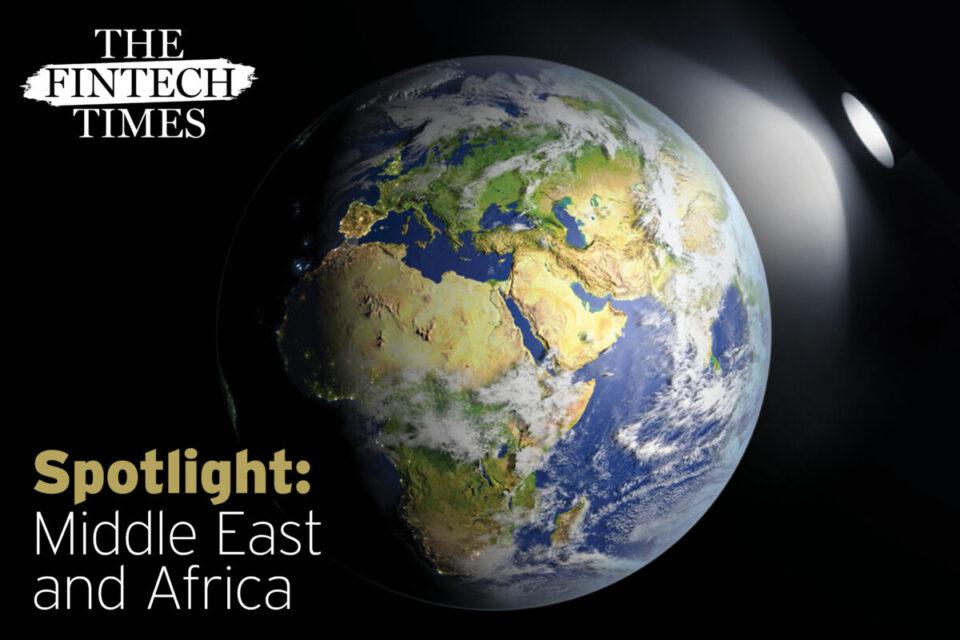With an estimated 1.9 billion Muslims according to World Population Review, Islamic Finance has a large global reach. Islamic Finance is one of the fastest-growing financial industries, even though it is still a small share of global finance. Its total assets have exceeded $2 trillion and it is expected to reach $3.8 trillion by 2023.
Even though Islamic finance existed in the seventh century, its formalisation began gradually since the 1960s. Islamic finance refers to how businesses and individuals raise capital in accordance with Sharia, or Islamic law. This also includes the types of investments that are permissible under this form of law. Islamic finance can be seen as a unique form of socially responsible investment.
With regards to fintech, there are at least 127 Islamic fintech firms that offer Sharia-compliant financial products that had been launched, globally, from this past June. According to IFN Islamic Finance, the United Kingdom has the most Islamic fintechs with 27 companies followed by Malaysia with 19 companies, third is the United Arab Emirates (UAE) with at least 15 Islamic fintechs, fourth is Indonesia with 13, fifth is Saudi Arabia with 9 and tied with the USA which also reportedly has 9 companies.
Growth of the industry
S&P Global Ratings believes the global Islamic finance industry will grow by 10%-12% in 2021-2022 after slowing to 10.6% in 2020 (excluding Iran), it said in its report, “Islamic Finance 2021-2022: Toward Sustainable Growth.”
The growth of Islamic banking assets in some Gulf Cooperation Council countries, Malaysia, and Turkey and Sukuk issuances exceeding maturities explain this performance. “Islamic finance grew rapidly in 2020, albeit at a slower pace than in 2019, despite the double shock from the pandemic and the drop in the oil price,” said S&P Global Ratings Head of Islamic Finance Mohamed Damak. We have excluded Iran from our statistics this year owing to the extreme volatility of the country’s currency in the parallel market (as disclosed by the Central Bank of Iran), which makes comparison with last year’s numbers or any forecasts less meaningful.
“Although we expect a modest recovery for most core Islamic finance countries in 2021-2022, we think that the sector will expand against the backdrop of continued standardisation and integration,” added Mr. Damak. Over the next 12 months, we could see progress on a unified global legal and regulatory framework for Islamic finance that the Dubai Islamic Economy Development Center and its partners are developing. Depending on the outcome and its adoption, we believe that such a framework could help resolve the lack of standardisation and harmonisation that the Islamic finance industry has faced for decades.
We may also see more frequent issuance of dedicated social Islamic finance instruments and green sukuk as the industry leverages its alignment with environmental, social, and governance values. This would help tackle the aftermath of the pandemic and support the agenda for core countries’ energy transition. We expect such processes will remain slow, however, given the additional complexity related to these instruments and the core Islamic finance countries’ slow implementation of policies to manage the energy transition.



